Hey there! Have you ever opened your refrigerator looking for something to eat and only find some ingredients to make a sandwich? How would you describe the contents of your fridge to another person?

Skene, E. (2007) se acabo la hambruna en este hogar [photo]
Retrieved on 2017, March 27 from https://www.flickr.com/photos/skene/1413250202/sizes/l
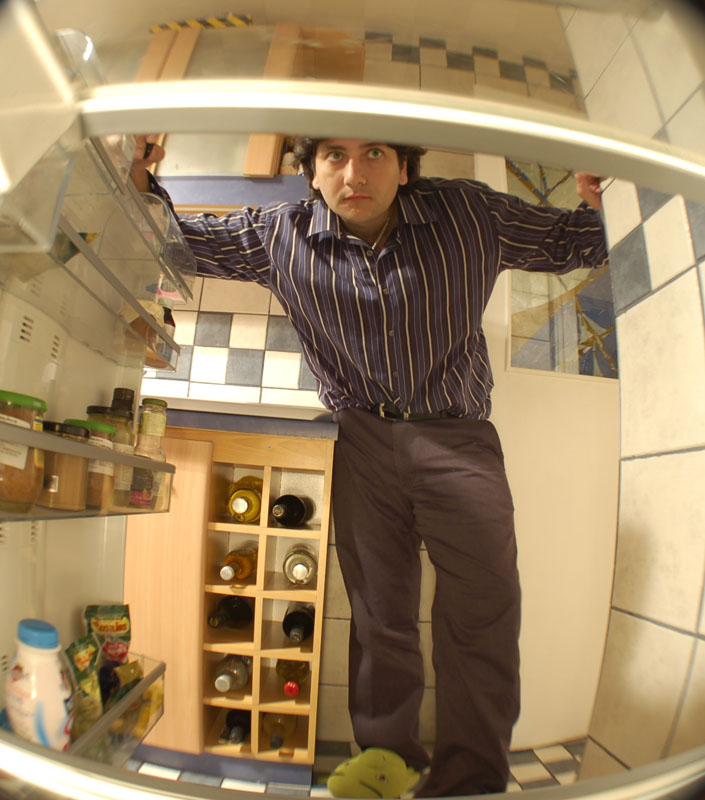
Pastelero, M. (2006) hungry [photo]
Retrieved on 2017, March 27 from https://www.flickr.com/photos/maestropastelero/271938921/sizes/o/
In this unit, you will learn the use of quantifiers to describe small or large quantities of the products in the fridge or the ingredients necessary to follow the instructions in a cookbook. You will be able to impress your friends or the love of your life with a delicious dish. Enjoy!
By the end of this section, you will express different levels of quantity in everyday situations and sentences with the use of quantifiers in affirmative, negative and interrogative form. You can use them to understand information about food or cook recipes understanding quantities in English speaking countries.
You use quantifiers when you want to express a non-specific quantity of countable or uncountable objects. Do you remember which nouns are countable or uncountable?
Let’s try:
Remember that countable nouns are those which can be counted and separated per unit such as a tomato, egg, tire, glove, a slice of cake, a card, coins or bills, etc. We can count, for example, pieces of bread, slices of pizza, bottles of water, litres of gasoline, etc. and these nouns may be singular or plural — tomato, tomatoes, egg, eggs, etc.
Uncountable nouns are those who can’t be separated and must be counted as large or small. In this category, we include liquids, grains, energy and feelings, such as fruit, milk, gasoline, cold, bread, love, money, etc. These nouns are only singular.
Check the following charts to find out more information about QUANTIFIERS. Click on the arrows or on the numbers to access the information.
You can use different quantifiers to talk about large or small quantities of countable and uncountable nouns. Look at the following charts:
So, remember you use quantifiers to make descriptions of large or small quantities for countable or uncountable nouns. You also use quantifiers to ask about the existence and the specific number or non-specific quantities of objects and concepts.
Now that you are familiar with the different quantifiers and the way you use them, here are some exercises for you to practice:
Knowing quantifiers is very useful when you want to read or share a recipe (these are the instructions you follow to make a dish).
Look at the following recipe for making a delicious traditional dish in the United States called Macaroni and Cheese. You can serve it as a side dish or as a main course pasta dinner.
Lisa and Marco are ready to try this recipe, but first, they need to check if they have all the ingredients. Read the conversation and complete with much, many or any.
Do you know the names of the different containers in English? Here you can find some examples. Drag the images from the right column to the appropriate space in the left column. You have unlimited attempts to answer the exercise. At the end of the activity, you can check your score. Remember all containers are countable nouns.
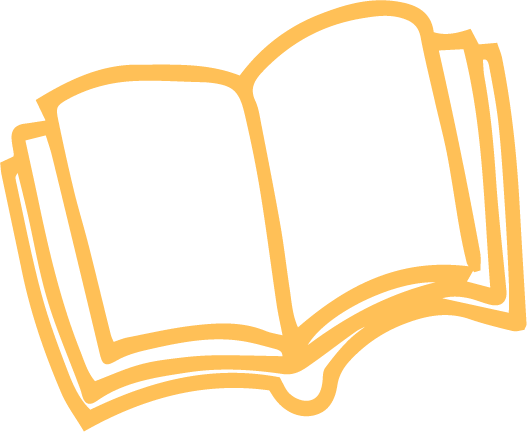
Activity 1
As mentioned before, you can use quantifiers to express a non-specific quantity of countable or uncountable objects or concepts which are beneficial to talk about food.
What do you think are the most typical dishes people eat for dinner in your country? Do you think your country’s eating habits are similar or very different from other countries?
In the following article, you can find some examples of quantifiers to learn about some countries’ eating habits.
Read the following abstract about "What people eat for dinner around the world".
Identify the different quantifiers and keywords to answer the questions selecting True (T) or False (F).
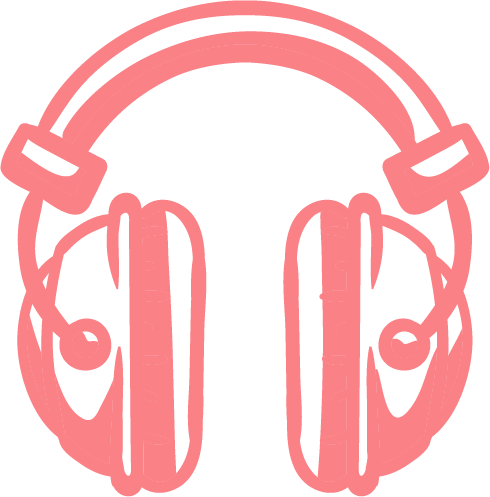
Activity 2
Now that you are familiar with the way we express quantities to talk about food and recipes, you can go to the supermarket and buy some products to prepare a dish.
Do you like pancakes? Do you know how to make them?
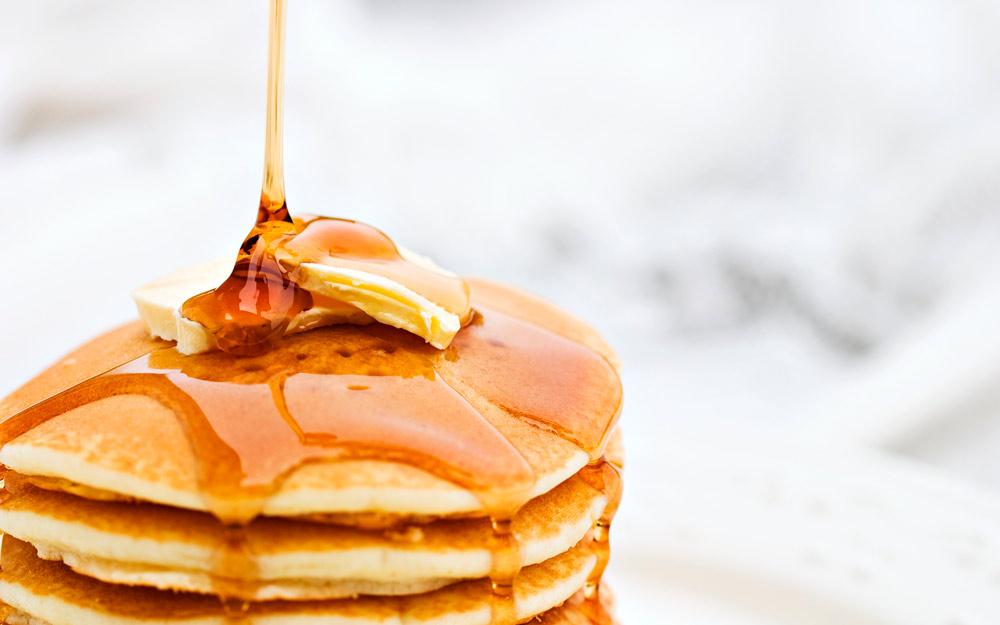
Stern, M. (2014) Honey being drizzled onto buttered pancakes
By the way, they are called PANcakes because they are cakes which you make on a PAN.
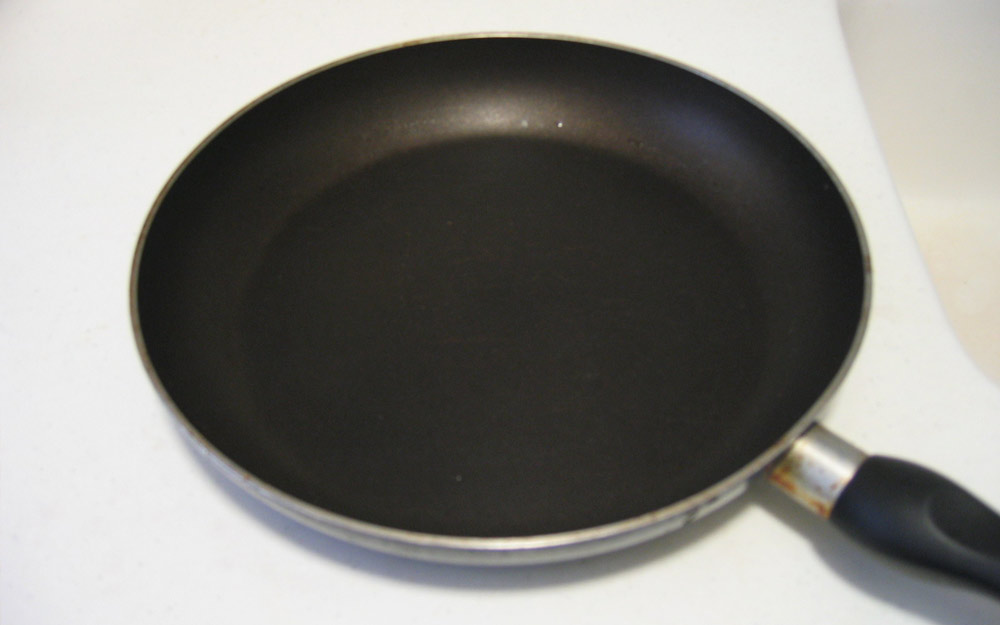
Pau, W. (2006) Frying pan
Listen to Paul’s cooking section in a TV show. Pay attention to the to the ingredients that are mentioned, some of them are not included in the list. It will help you to do the activities more efficiently.
Drag the items you need for this specific dish into the shopping cart.
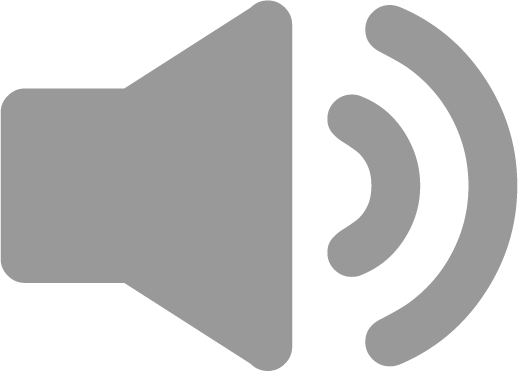
Activity 3
Listen again and answer the questions. Use complete sentences and a proper quantifier.
Listen to the audio again and answer the questions. Write your answers inside the boxes. Please remember to include commas after a short affirmative or negative response.
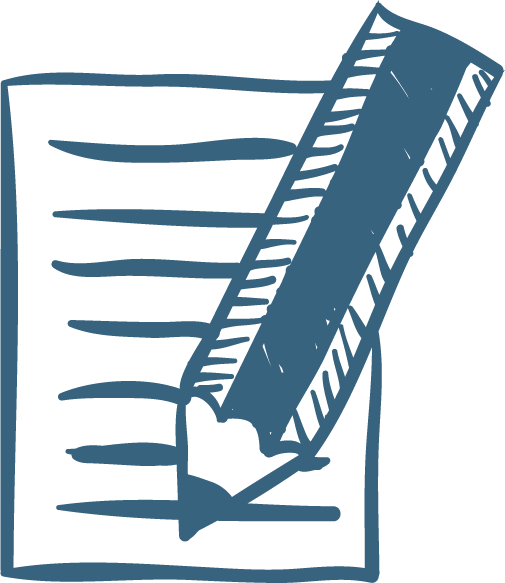
Activity 4
Now, it is your turn to share a little about your country’s traditional dining habits. Do you remember the article about what people eat for dinner around the world?
Imagine you are the person in charge of writing the segment about Mexico to complete the article.
Write two paragraphs (80-100 words) giving a general description of the types of food Mexican people usually eat for dinner. Don’t forget to include the name and a brief description of the traditional dishes. Remember to include as many quantifiers as possible in your description. Also check your text for cohesion and coherence, as well as the vocabulary you use in your audio. Look at the example so you can have an idea.
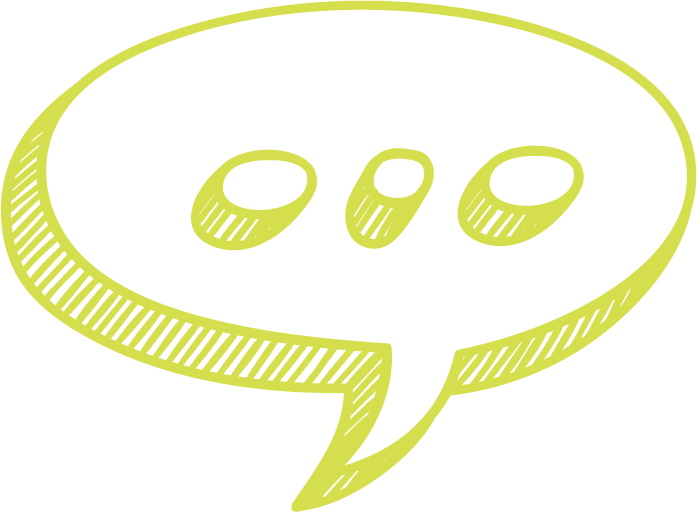
Activity 5
Now, the fun part. Go to your fridge and describe what you see in it.
With some of the ingredients you have, tell us what dish you could prepare with them. It does not have to be a complicated dish — just something you would enjoy with the ingredients you have.
Record yourself making the previous description. The recording should be between 2 and 4 minutes long.
Listen to the example so you can have an idea of what your audio should be like.
After you finish, evaluate yourself according to the following checklist. Don’t forget to use the structures reviewed on this topic. After that, according to the score you got, look in the evaluation scale to know how good you did on this task.
Do you remember how to make questions to find the quantities of countable and uncountable nouns?
• Gander, Kashmira. (2015). What people eat for dinner around the world. Retrieved on 2017, March from Independent Sitio web: https://www.independent.co.uk/life-style/food-and-drink/what-people-eat-for-dinner-around-the-world-a6732036.html
• The Learn English Team. (2017). Quantifiers. Retrieved on 2017, March from British Council: https://learnenglish.britishcouncil.org/es/english-grammar/determiners-and-quantifiers/quantifiers
• TESOL-direct. (2015). Quantifiers. Retrieved on 2017, March from TESOL: https://www.tesol-direct.com/tesol-resources/english-grammar-guide/quantifiers/